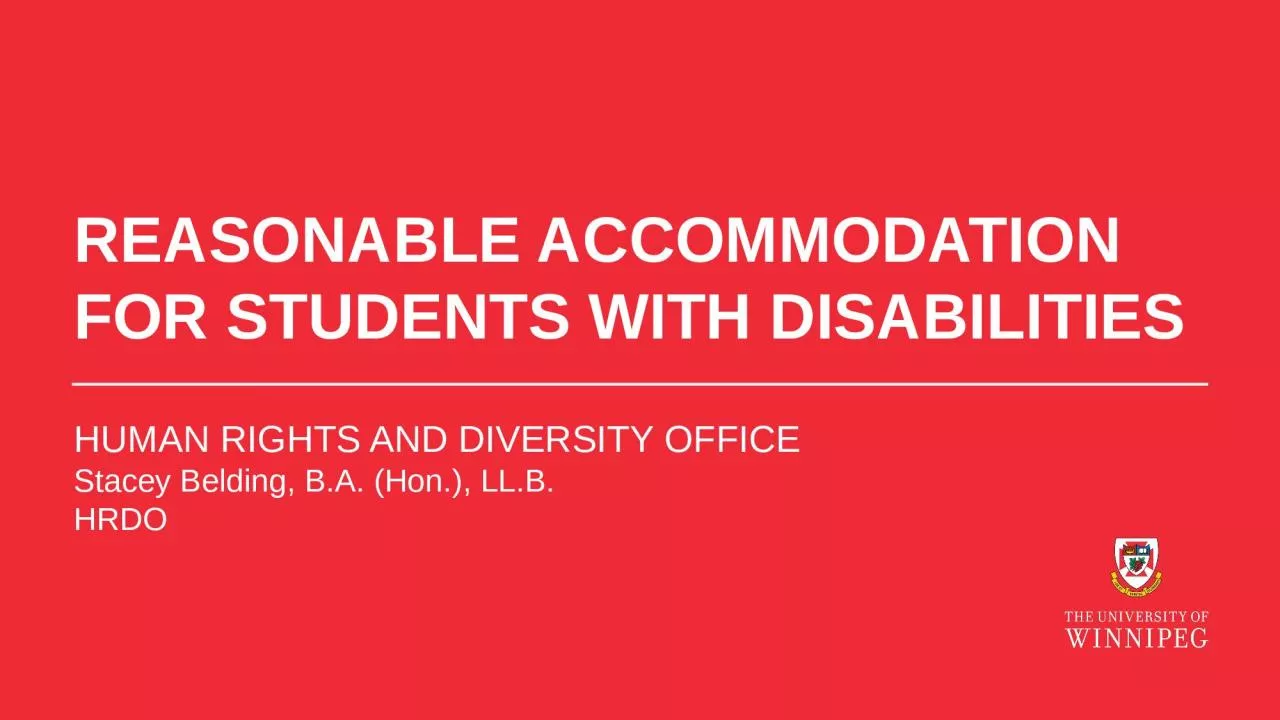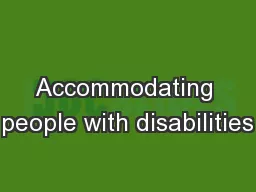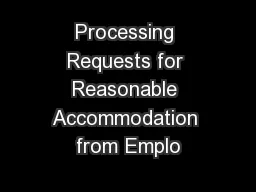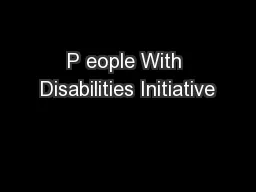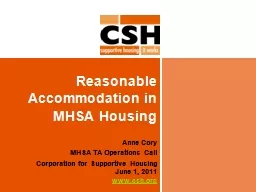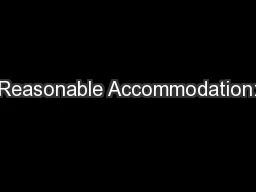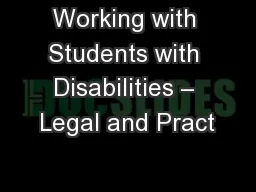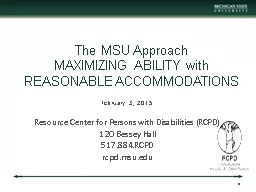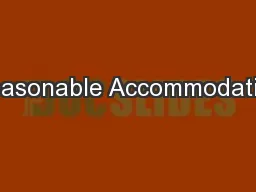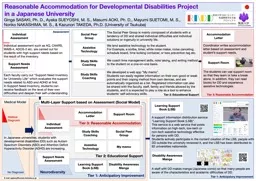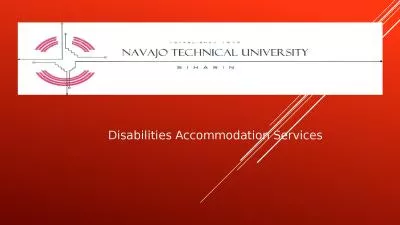PPT-REASONABLE ACCOMMODATION FOR STUDENTS WITH DISABILITIES
Author : gabriella | Published Date : 2023-11-17
HUMAN RIGHTS AND DIVERSITY OFFICE Stacey Belding BA Hon LLB HRDO AGENDA Introduction Overview of duty to accommodate what it means how it is triggered reasonable
Presentation Embed Code
Download Presentation
Download Presentation The PPT/PDF document "REASONABLE ACCOMMODATION FOR STUDENTS WI..." is the property of its rightful owner. Permission is granted to download and print the materials on this website for personal, non-commercial use only, and to display it on your personal computer provided you do not modify the materials and that you retain all copyright notices contained in the materials. By downloading content from our website, you accept the terms of this agreement.
REASONABLE ACCOMMODATION FOR STUDENTS WITH DISABILITIES: Transcript
Download Rules Of Document
"REASONABLE ACCOMMODATION FOR STUDENTS WITH DISABILITIES"The content belongs to its owner. You may download and print it for personal use, without modification, and keep all copyright notices. By downloading, you agree to these terms.
Related Documents

